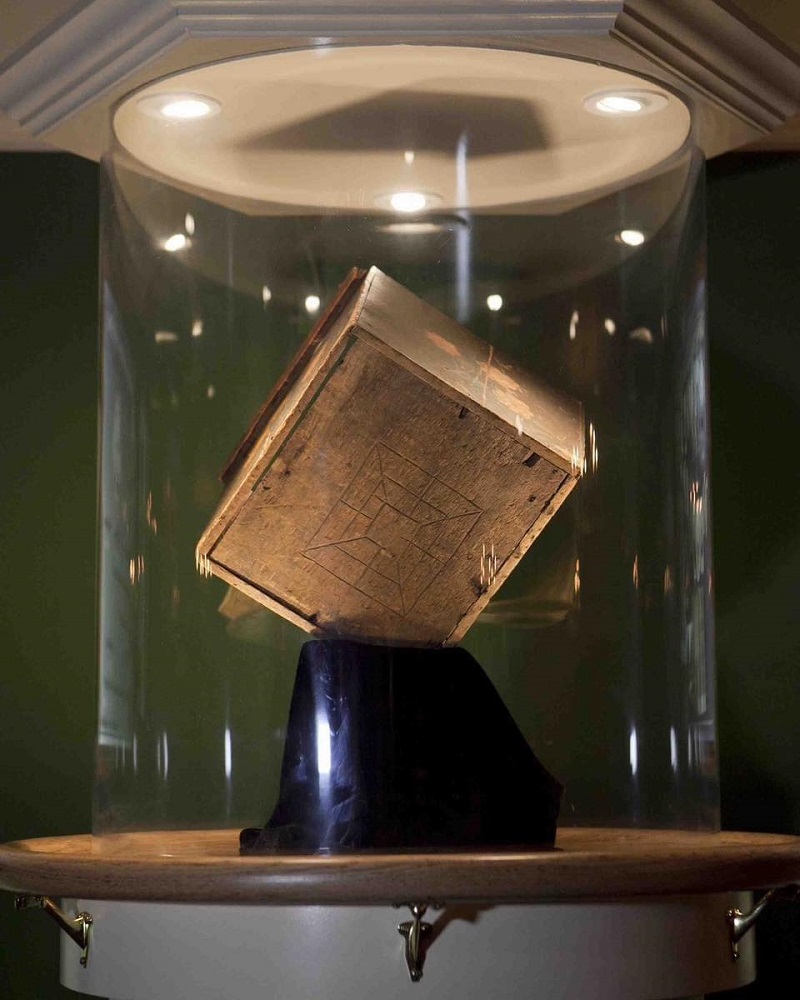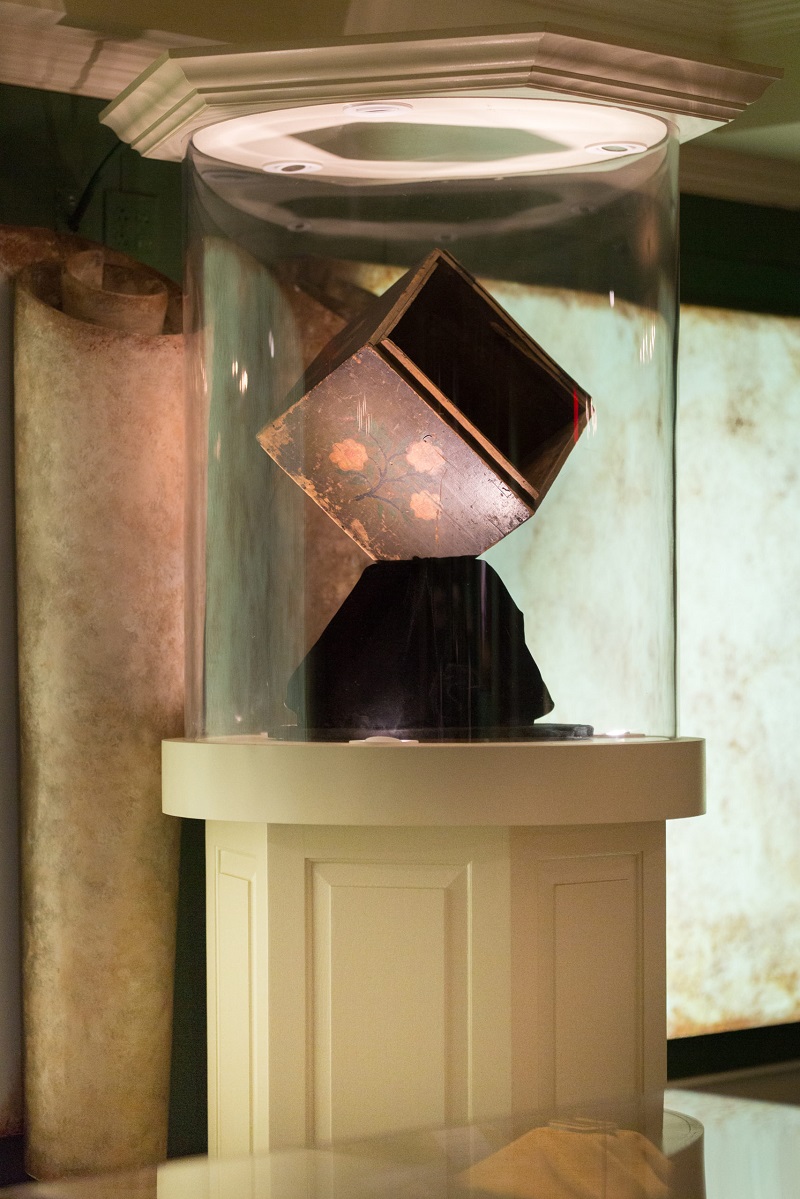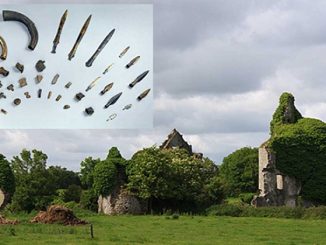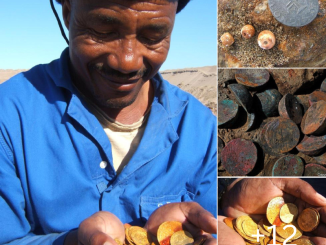In the annals of American history, few events are as iconic and emblematic of colonial defiance as the Boston Tea Party of December 16, 1773. On that fateful night, a group of rebelling colonists, protesting against British taxation without representation, seized and dumped 340 tea chests into Boston Harbor. Today, only two tea chests from that historic event are known to survive, serving as tangible reminders of the bold acts of resistance that helped shape the course of American independence. Join us as we delve into the story of one of these surviving tea chests, exploring its significance and the enduring legacy of the Boston Tea Party.

Reliving the Events of the Boston Tea Party
The Boston Tea Party stands as a pivotal moment in the lead-up to the American Revolution, symbolizing the colonists’ refusal to accept British tyranny and their determination to assert their rights as free citizens. Fueled by anger over the Tea Act of 1773, which granted the British East India Company a monopoly on the American tea trade, the colonists took matters into their own hands, staging a dramatic act of protest that reverberated across the colonies and beyond. The dumping of the tea chests into Boston Harbor sent a powerful message of defiance to the British Crown and galvanized support for the revolutionary cause.
Discovering a Survivor: The Story of the Tea Chest
One of the two surviving tea chests from the Boston Tea Party offers a tangible link to that historic night, providing a glimpse into the material culture of the revolutionary era. Made of wood and adorned with metal bands, these chests once held precious cargo destined for colonial tea merchants. Now, they serve as tangible artifacts of resistance, bearing witness to the courage and determination of the patriots who risked everything for the cause of liberty. Through careful preservation and study, historians and archaeologists continue to uncover the secrets and stories embedded within these remarkable relics.
Preserving History: The Importance of Archaeology
The survival of artifacts like the tea chests from the Boston Tea Party underscores the vital role of archaeology in preserving and interpreting our shared heritage. By excavating and documenting historical sites and artifacts, archaeologists can piece together the narratives of the past, shedding light on pivotal moments and movements that have shaped the course of history. Through their efforts, they ensure that the voices and experiences of those who came before us are not forgotten, but rather celebrated and remembered for generations to come.
Reflecting on the Meaning of the Boston Tea Party
As we reflect on the legacy of the Boston Tea Party, we are reminded of the enduring principles of freedom, democracy, and self-determination that lie at the heart of the American experiment. The courage and conviction of the patriots who participated in the Tea Party serve as a testament to the power of ordinary citizens to effect change and challenge injustice. Their actions continue to inspire and resonate with people around the world who strive for liberty and equality in their own societies.

In conclusion, the surviving tea chests from the December 16, 1773, Boston Tea Party serve as powerful symbols of resistance and resilience in the face of oppression. As we marvel at these tangible artifacts of defiance, let us also consider the broader significance of archaeology in uncovering and preserving our collective history. Through the study of the past, we gain a deeper appreciation for the struggles and sacrifices of those who came before us, and a renewed commitment to upholding the values of freedom, justice, and democracy for future generations.
Read more : https://model.icusocial.com/author/bspvt01/?utm_source=KC&utm_medium=H&utm_id=3


